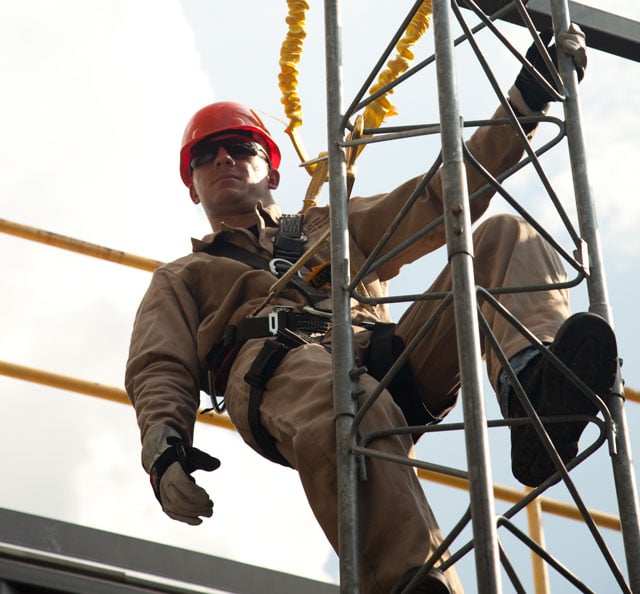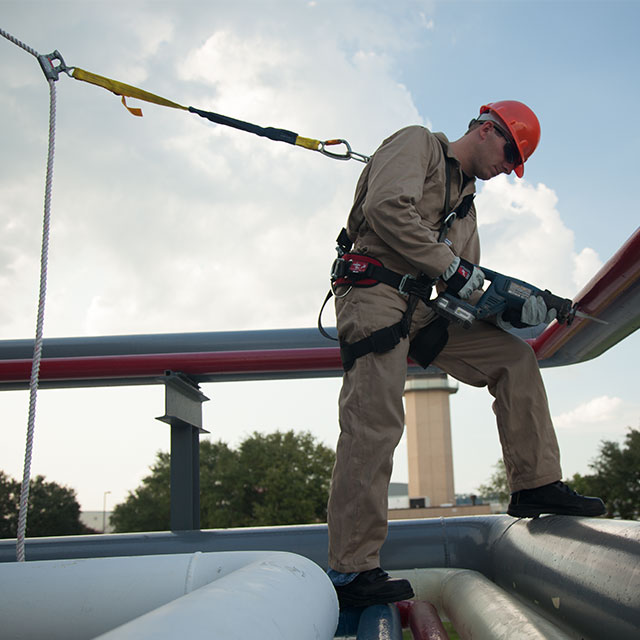
RescueTalk™ Podcasts explore critical topics for technical, industrial and municipal rescue professionals, emergency responders and safety personnel. Learn about confined space rescue, OSHA compliance, NFPA standards, fall protection, trench rescue, off-shore considerations, rescue equipment, training and more. Get it now.


 There are several roles and responsibilities within any comprehensive fall protection program, and there are just as many courses of instruction that provide a baseline of knowledge and skills designed to get the individuals occupying these positions started or to enhance their ability to perform in these roles. But no single course of instruction currently covers, nor will one ever cover, every bit of knowledge needed for every work at height situation.
There are several roles and responsibilities within any comprehensive fall protection program, and there are just as many courses of instruction that provide a baseline of knowledge and skills designed to get the individuals occupying these positions started or to enhance their ability to perform in these roles. But no single course of instruction currently covers, nor will one ever cover, every bit of knowledge needed for every work at height situation.
 Sharing Lessons Learned
Sharing Lessons Learned The following article was featured in the September issue of ISHN, and authored by Roco Chief Instructor Pat Furr.
The following article was featured in the September issue of ISHN, and authored by Roco Chief Instructor Pat Furr.  Meeting the Needs of Authorized Persons
Meeting the Needs of Authorized Persons





